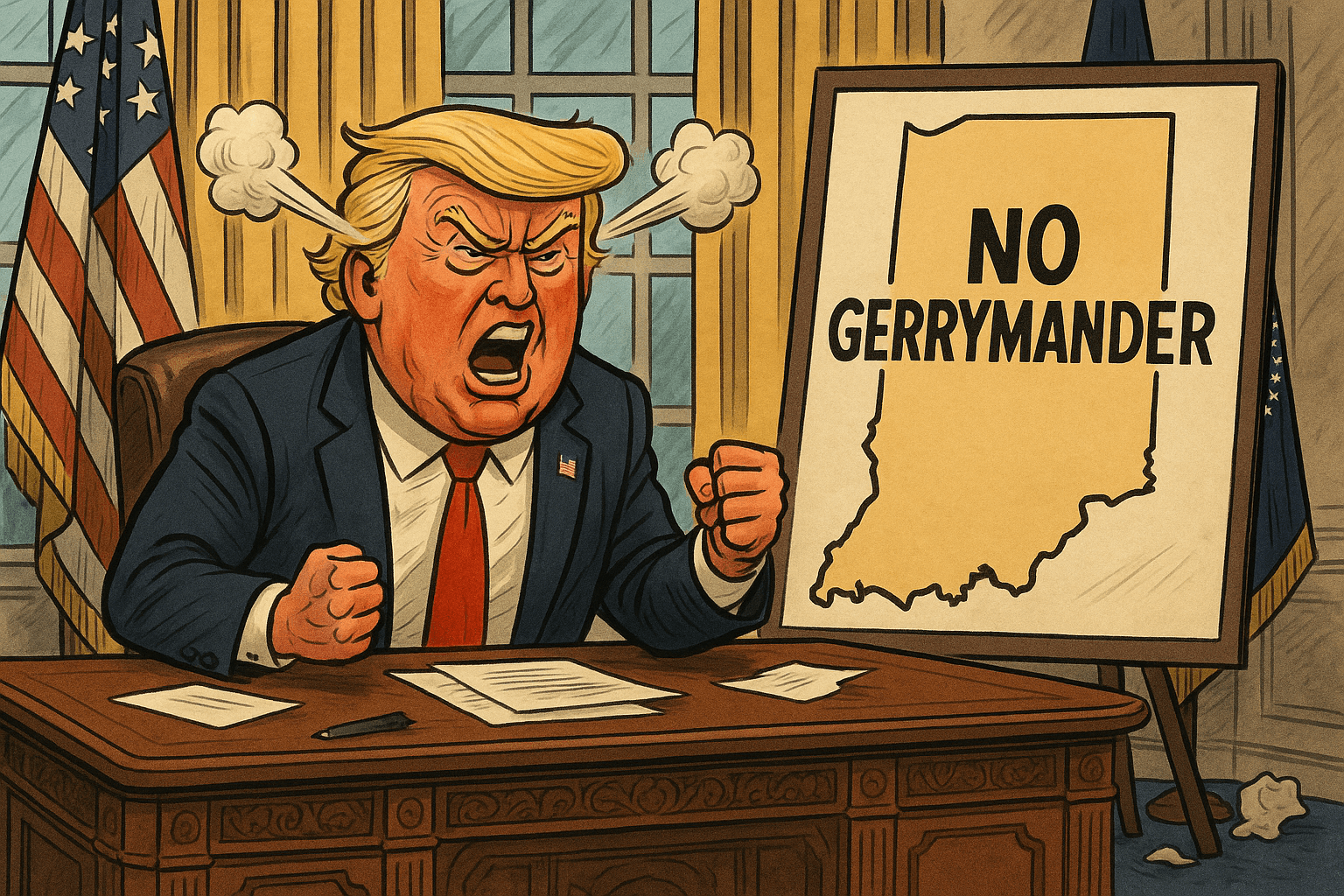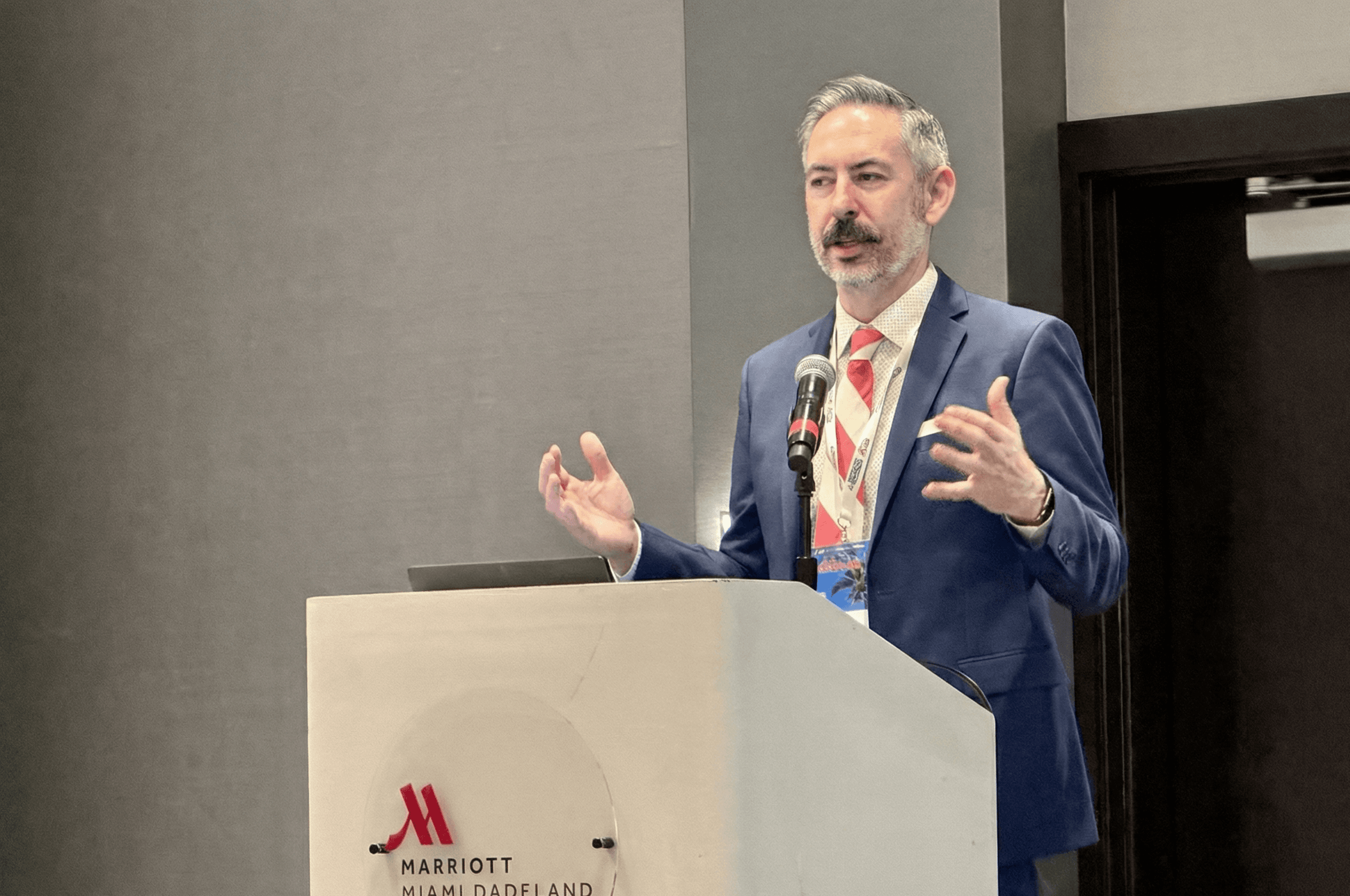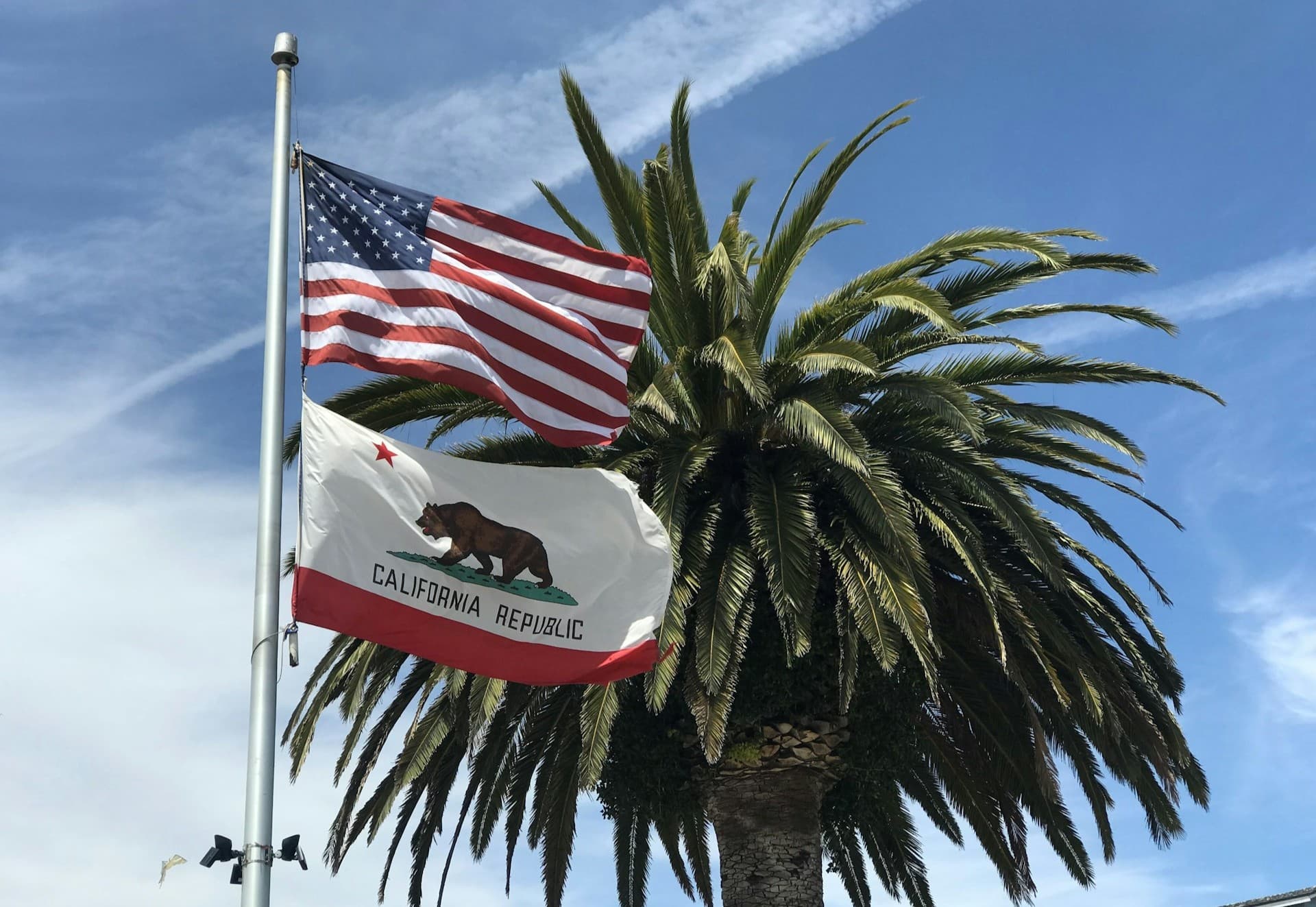Chuck Todd: When It Comes to Public Mistrust in Institutions, The Parties Just Don't Get It

Last week, the national election reform group Open Primaries held a Zoom conversation with former Meet the Press moderator Chuck Todd to discuss voters' growing mistrust in American institutions. It was part of the group's ongoing Primary Buzz Discussion Series.
Polls repeatedly show growing mistrust in institutions and norms that are at the heart of American society -- Congress, the media, science, the American dream itself -- and the question Todd was brought on to discuss was, where do we go from here?
"Our small 'd' democracy needs an infrastructure improvement," Todd said. "By the way, we have done it for decades. We just haven't done it in 60 years, 70 years, 80 years. We used to do it all the time. We would shift our democracy based on our new population or new geographic demand."
Open Primaries President John Opdycke, who hosted the event, chimed in that it "used to be the routine activity of building America." The problem is at some point the two major political parties decided they wanted to cement the current system as the permanent status quo.
"You want to get an 80% whole question agreement on something, it's simply saying, "Has the two-party system been good for America or bad for America?" Todd said.
Both Todd and Opdycke believe that the parties' unwillingness to allow systemic reforms where they may see their power diminish is at the heart of growing mistrust in institutions. It has created a sociopolitical climate of hyper-polarized stagnation. where nothing changes and nothing gets better.
It is no coincidence that growing mistrust in institutions also coincides with a trend that has developed for decades where more and more voters are choosing not to affiliate with either major political party and instead either self-identify or register as independent.
Todd has for years done something that not many mainstream journalists and news hosts are willing to do: Instead of dismissing independents or ignoring them, he has shown an interest in the rise of independents and has invited their voices to be heard.
"I have a bias toward focusing on the voters who decide elections," he said. "Why? because they are the deciders."
He also noted that when he polled self-identified independents. their responses almost always mirrored the overall response. In other words, the people his polls identified as "true independents" ended up being "a microcosm of where the story is headed."
"The fastest growing political party in America is no party," Todd added. "It's people leaving a major party and joining independents."
His perspective on independents is that the number of true independents is not as high as some polls, like Gallup, suggest, which has independent ID as high as 50% in the US. He believes at the end of the day most people who want to identify as independent actually lean toward one party or the other.
The difference between Todd's perspective and the traditional mainstream approach from the media, political pundits, pollsters, and the parties is that the latter groups use the "leaner question" to say independent voters don't exist at all and claim they are a myth.
"I think for party leaders, it is in their best interest not to have independents because they want the bases to be considered more powerful than the middle," Todd said. "Politics is a lot easier when it is binary. Politics is a lot easier if it is about getting out your base rather than persuading."
It may be easier for the parties, but it is detrimental to public trust. The political parties are not in the business of persuading voters of their positions, but appeasing their respective bases, leading to an unresponsive system of party-first representation and zero accountability.
Opdycke and Todd dive deeper into this topic and what the US needs right now in order to restore public trust in its institutions, including systemic improvements to the democratic process. Watch the full conversation above.
 Shawn Griffiths
Shawn Griffiths






